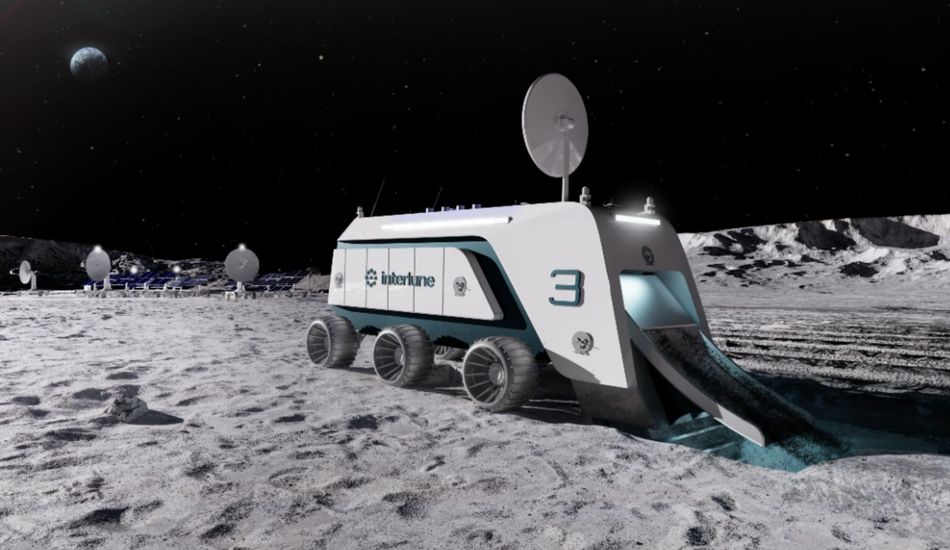
Lunar Helium-3 Deal: A Boost for Quantum Computing?
For ages, the Moon has been bombarded by solar winds, leading to a build-up of helium-3 on its surface. This particular isotope is quite scarce here on Earth. With industries like quantum computing increasingly hungry for it, some companies are considering lunar mining as a viable option.
A Seattle-based startup named Interlune is one of those companies. Their main goal is to extract resources, with a focus on helium-3, from the Moon. They envision selling this helium-3 to both government and commercial entities for applications in national security, medical imaging, fusion energy, and of course, quantum computing.
Recently, Interlune announced a significant partnership with Bluefors, a leading manufacturer of dilution refrigerators and a major consumer of helium-3. Bluefors utilizes helium-3 in their cooling systems, which are essential for keeping quantum computers running at the incredibly low temperatures necessary for maintaining qubit stability and reliable operation. As quantum computing continues its march toward commercialization, with giants like Google, IBM, and Microsoft showing progress in scaling their systems, the demand for helium-3 is only expected to rise.
Bluefors has committed to purchasing up to 10,000 liters of helium-3 annually from Interlune, spanning from 2028 to 2037. To give you an idea of the scale, this stuff trades at around $2,500 per liter, according to estimates from earlier this year. This deal marks the largest purchase of lunar resources to date.
Interlune's CEO, Rob Meyerson, formerly of Blue Origin, emphasized the importance of Bluefors' systems to the quantum technology industry. He expressed his excitement in helping Bluefors advance companies toward scientific and medical breakthroughs that are only possible at near-absolute-zero temperatures.
The Road Ahead
Interlune, founded in 2020, has been diligently working towards its lunar mining ambitions. They've secured over $18 million in funding to develop robotic harvesters. Their plans include a demonstration mission in 2027 and a pilot plant by 2029.
While the funding and roadmap are encouraging, it remains to be seen if Interlune can overcome the significant challenges associated with lunar mining by 2028. Despite the buzz around space resource extraction, very few companies have made substantial progress. Some experts even question whether mining the Moon's helium-3 is as valuable as it's made out to be. It's worth remembering that we don't have a precise measure of how much helium-3 is actually on the Moon.
For the time being, lunar helium-3 remains more of a promise than a readily available product. However, Interlune's agreement with Bluefors signals a growing demand from the quantum computing sector and could indeed represent a major step towards a new age of space resource utilization. It's a fascinating development, and I'll be watching closely to see how it unfolds.
Source: Gizmodo